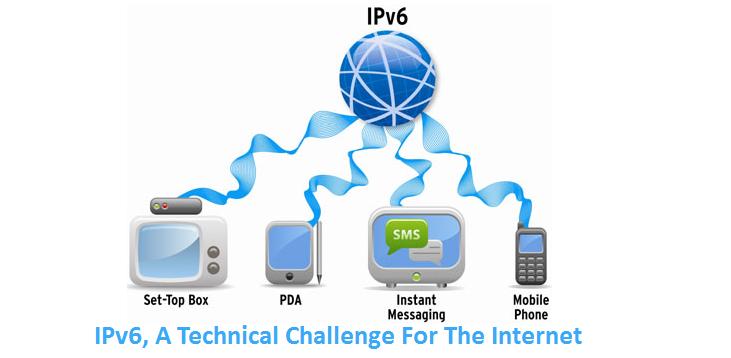 The Internet has become a fundamental part of society. Everything indicates that is here to stay and that each day will depend most. It is likely a future where the network and the computers will be invisible. They will be so integrated into our daily lives, disguised in everyday objects that we will not think about them anymore, simply will use them. In actuality, however, the network faces a series of challenges that must overcome to keep evolving and even existing.
The Internet has become a fundamental part of society. Everything indicates that is here to stay and that each day will depend most. It is likely a future where the network and the computers will be invisible. They will be so integrated into our daily lives, disguised in everyday objects that we will not think about them anymore, simply will use them. In actuality, however, the network faces a series of challenges that must overcome to keep evolving and even existing.
One of the main challenges of today’s Internet, however, is still known by few. It involves a radical change in its most basic technology: changing the IP protocol.
A “protocol” is just a set of rules to computers and other devices can communicate. IP, or Internet Protocol, is basically two things. He identifies each device on the network with a globally unique numerical address. Also divides the information into small pieces, called packets, and mark with the source addresses and destination. Each of the applications on the Internet: email , web , video and audio conferencing, chat , exchange files, all the same, depends on IP. This protocol is the key to the Internet work in many different media and telecommunications key person to make a more intelligent use of them than traditional technologies such as telephone and TV. The IP is really the heart of the Internet. That is why this issue is important.
This challenge is the fact that the number of addresses is limited. Free addresses will soon be exhausted. In India, even in 2014. There will be a blackout on the Internet. Everything now works as a general rule, keep working. The question is really how to support growth, as new users and devices connect after that.
We have only about 40% of the population with access to the network. There is also a tendency for many types of devices are also connected. For example, in addition to computers, tablets and smartphones , it is common to find games and connected TVs. The demand for growth will only increase. The shortage of addresses in use in version of the IP protocol, IP version 4, or IPv4, has been predicted for many years. A new protocol, IP version 6, or IPv6, is designed to replace it. Change is complex and is delayed. Although similar, the protocols are incompatible. This requires a period of coexistence, with both operating simultaneously.
ISPs will soon deliver IPv6 addresses to their customers. There are many trusted web services and already operating with IPv4 and IPv6 simultaneously as Google , Youtube , Gmail , Facebook , Yahoo , Netflix and thousands of others. However, most banks, governments and ecommerce still do not work well. Where were met only with new technology by providers, users will not be able to access the part of the Internet that still uses legacy technology. Therefore providers also deliver an IPv4 address for each client.
But how, if there is more? They use a similar technique that is used in business today, to share addresses: the CGNAT or Carrier Grade NAT. A user share the address legacy with dozens of other users simultaneously. This works, but brings a number of unwanted side effects. One of the more negative is the more difficult, sometimes impossible, to identify the author of a crime, fraud, or any other kind of evil done online. The technique can also cause malfunction or slowness in some websites and services, especially streaming audio and video, games and file sharing.
A company that has a website today if you do not deploy the new technology quickly, run the risk of seeing their service unavailable, or not working very well for a growing number of users.
The deployment of IPv6 in enterprise networks can be done in a gradual and planned manner, yet, but deployment services accessed via the Internet by external users, this is an emergency! A big problem is that some telecom operators, as well as some web hosting companies in India are delayed and not yet offer IPv6 for the enterprise market. In many cases, it is necessary to switch suppliers. The new technology also requires support in equipment.
In infrastructure networks, devices have IPv6 support for several years. Computers and tablets in general, are also prepared. There is a problem, however, with smartphones. Many models still sold in stores do not support. The same is true for smart TVs, gaming consoles and other gadgets . Consumers buying these equipment attached to the legacy protocol today, may have problems in the not too distant future.
There is some confusion about the timing correct this change, generated mainly because there is no “dates from the turn.” However, more delayed or not a failure can be catastrophic to the Internet.
Dear reader, if you are an entrepreneur, or responsible for an IT company, make sure that IPv6 is enabled on your website , email and other services accessed externally ASAP. If you are just a user of the Internet, pay attention to purchase equipment and services, such as routers wifi , smartphones , game consoles, smart TVs, tablets , internet access, etc.. Know. Already supports IPv6? Only buy or hire if so, or if there is a roadmap clear to resolve the matter quickly. Stay tuned.